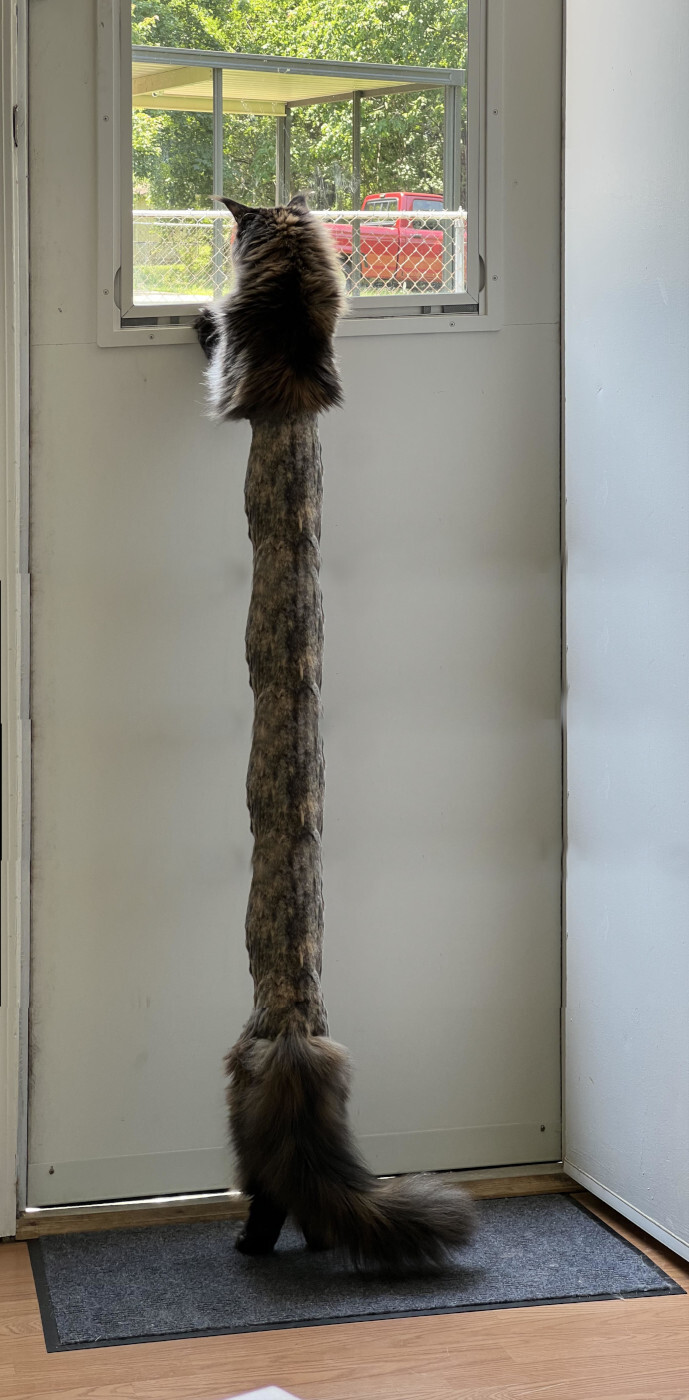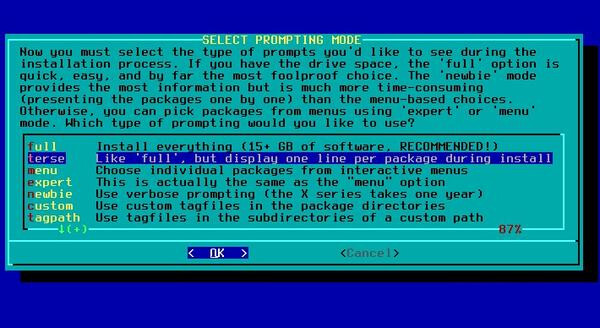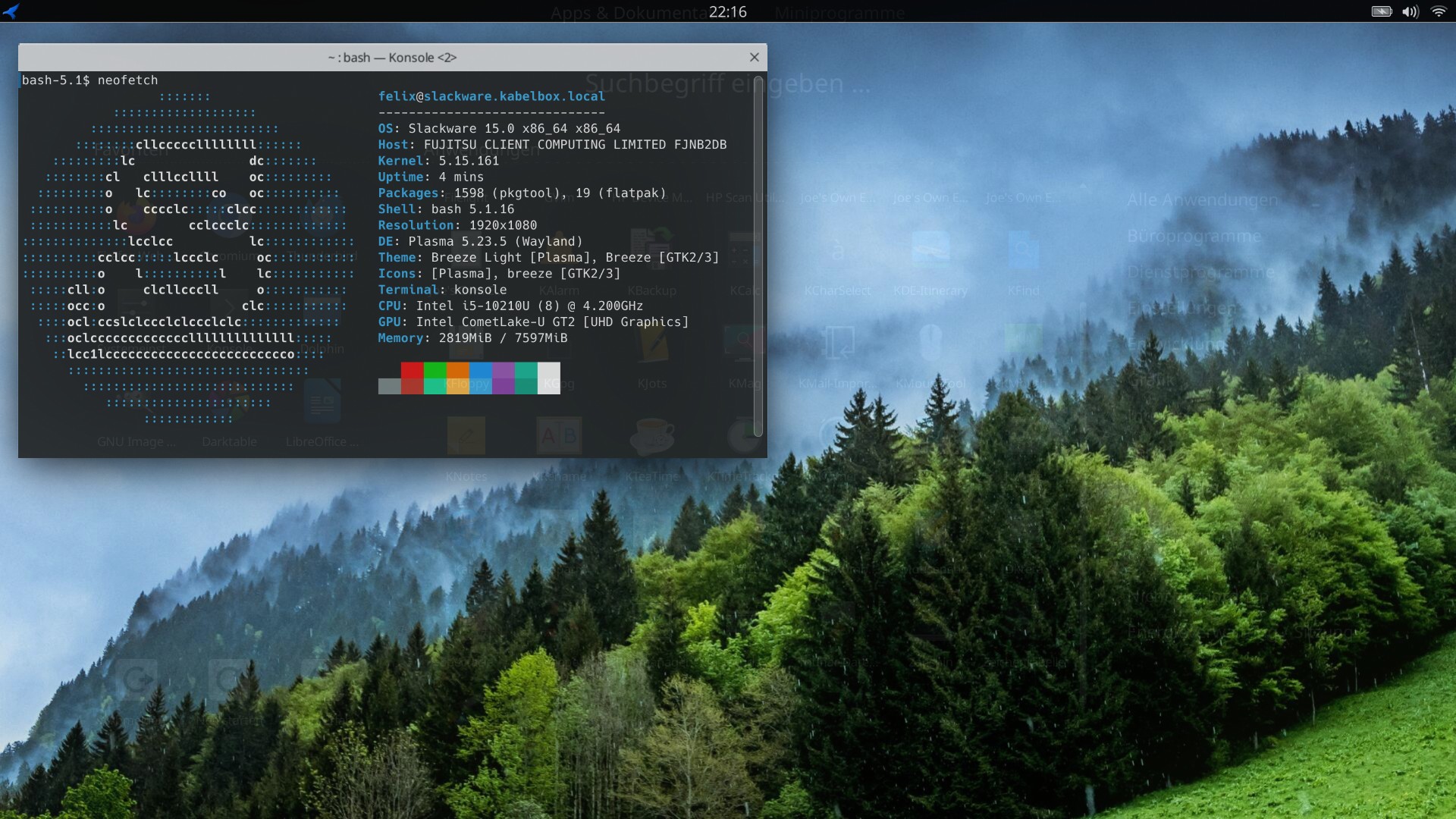KDE for desktops with a mouse, Gnome for laptops with a touchpad. Both are great!
superkret
I work in IT, and by now, every single 3-letter-abbreviation makes my eyelid twitch.
I'm guessing they just defined the standard for any round fired by a human-portable rifle, without worrying about whether it's possible to meet the standard.
My guess is, the institute developed a competent armor, showcased it and got the contract to build them.
Then several levels of managers and executives decided to use a bit less material, use a cheaper supplier and skip a few QC steps, pocketing the surplus contract money.
And then they re-used the vests taken off fallen soldiers several times, sewing shut the bullet holes in the cloth covering (or not).
The extra plate stops rifle rounds up to caliber .308 / 7.62mm (which carry more force than the assault rifles used by most infantry now), at least in the American Level III/IV vests.
Funnily enough, the European standard goes up to armor ratings that would protect against 3 point blank shots from 14.5×114mm rounds (what this thing shoots), but I couldn't find a picture of any armor with that rating, and it would likely break every bone in your torso even if the bullet doesn't penetrate.
This is what Level III/IV full body armor looks like:

It's actually a mix of both.
My wife bought them from a market in Tunisia. The seller told her it's a spice mixture for lazy wives, cause you won't need any other spices in the kitchen to make your food taste good.
So that's how she labelled it.
It's caraway, cumin, anise and saffron.
Aysenur Ezgi Eygi was taking part in a protest against Jewish settlement expansion in the town of Beita, in the occupied West Bank
Jewish-Israeli activist Jonathan Pollak, who was at the protest, told BBC World Service's Newshour programme he had seen "soldiers on the rooftop aiming".
He said he had heard two separate shots, "with like a second or two distance between them".
"I looked up, there was a clear line of sight between the soldiers and where we were.
In a statement, the Israel Defense Forces (IDF) said: "During Israeli security forces activity adjacent to the area of Beita, the forces responded with fire toward a main instigator of violent activity who hurled rocks at the forces and posed a threat to them.
Damn, she must have been quite strong, to be able to hurl rocks at snipers on a rooftop.
You may not like it, but this is what peak cat length looks like.
"I found this strange fucking object" vs "I found this strange fucking object"








I don't understand.
The words "too", "much" and "butter" don't make any sense in that order.